MusicRadar Verdict
A brave and broadly successful move from UA. Expect plenty more to come in future updates but, even at Version 1, LUNA offers plenty, with a smooth and pleasing workflow
Pros
- +
Tape Stage on every Instrument/Audio Track and Neve Summing option on Busses.
- +
Smooth workflow which builds on Console and takes it into a recording environment.
- +
Super flexible audio integration and Editing capabilities.
Cons
- -
Stereo only (no surround).
- -
No video hosting.
- -
Apollo interface must always be connected.
MusicRadar's got your back
What is it?
At January’s NAMM show, Universal Audio announced LUNA, a recording application which allows you to follow a UA workflow to a logical end; not only plugging instruments into its audio interfaces and using its bridging application Console to send processed signals onto your DAW but to provide a recording environment into which they could be directly recorded.
You might be wondering why we’re taking such pains to avoid using the acronym ‘DAW’ here and instead using phrases like ‘recording environment’. The reason is simple; according to UA, LUNA is not a DAW.
According to us, it partly is. A first version DAW, certainly. One missing some options you might expect from an established DAW too. But what is here is really rather good and, at least once you’ve made recordings and are mixing and editing, it’s a DAW by most people’s definition.
Universal Audio’s reputation as a class-leading software developer, specialising in high-quality emulations of recording history’s most coveted hardware is well established. Equally, its Apollo audio interfaces are highly-regarded because they sound great and also because their onboard processors lighten the load on your computer’s CPU.
The reason UA want to avoid the DAW acronym is because of ‘ARM: Advanced Realtime Monitoring’, which is at the heart of LUNA’s workflow. This technology allows you to configure Apollo-hosted, latency-free effects processing through which you can track and monitor recordings. No buffers to adjust, no one-app-to-another configuration.
Just as an SSL console providing multiple channels of audio plus a computer hosting recording software to capture those channels don’t ‘add up to a DAW’, so UA’s contention is that LUNA is more than one of those too. LUNA is free but the price of entry is a Thunderbolt-enabled Apollo interface. This doesn’t have to be one of the latest generation of Apollo X interfaces (including the smaller Twin and Arrow); the ‘black’, previous generation will suffice.
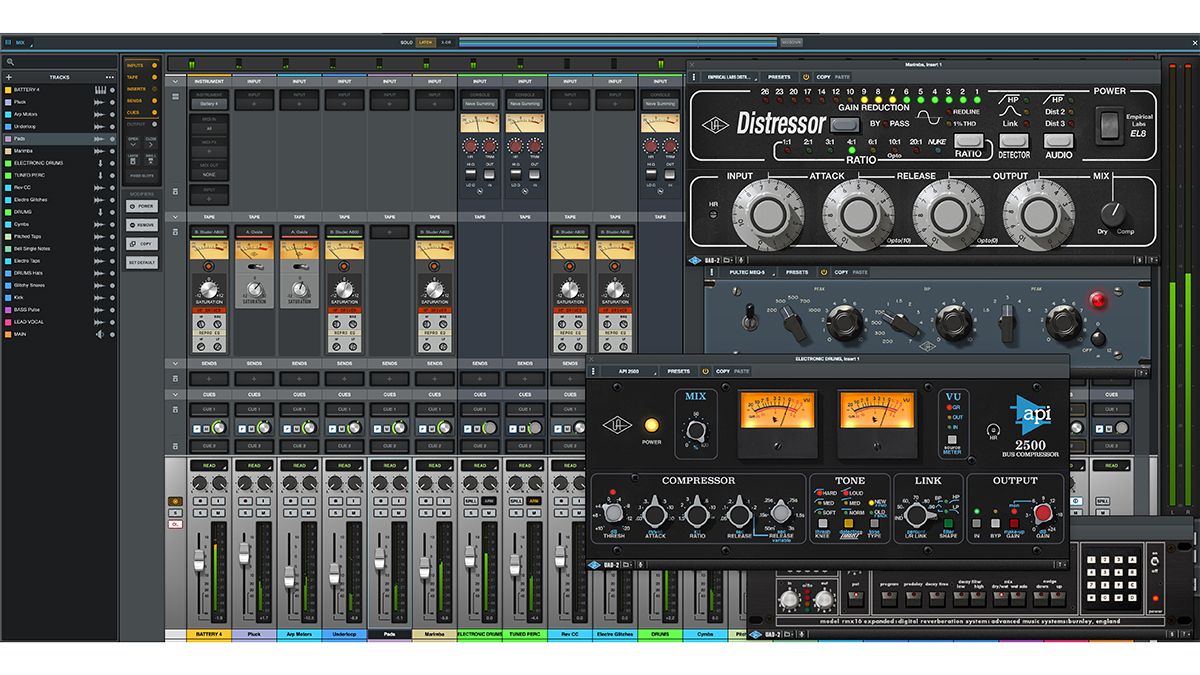
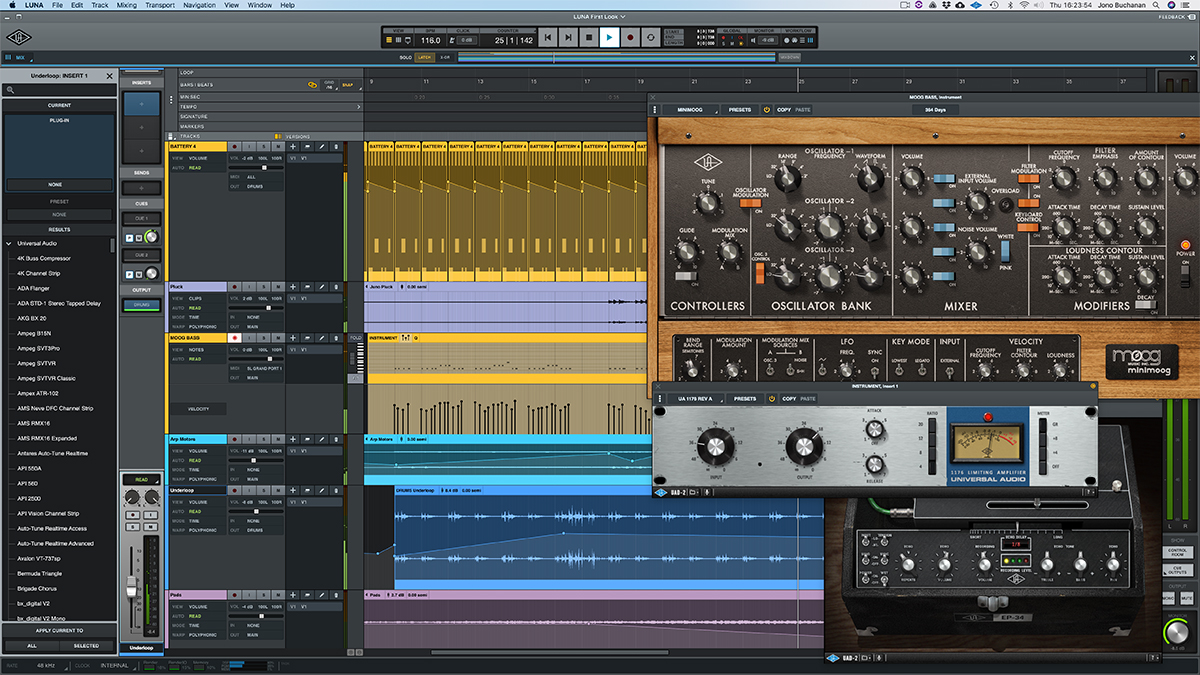
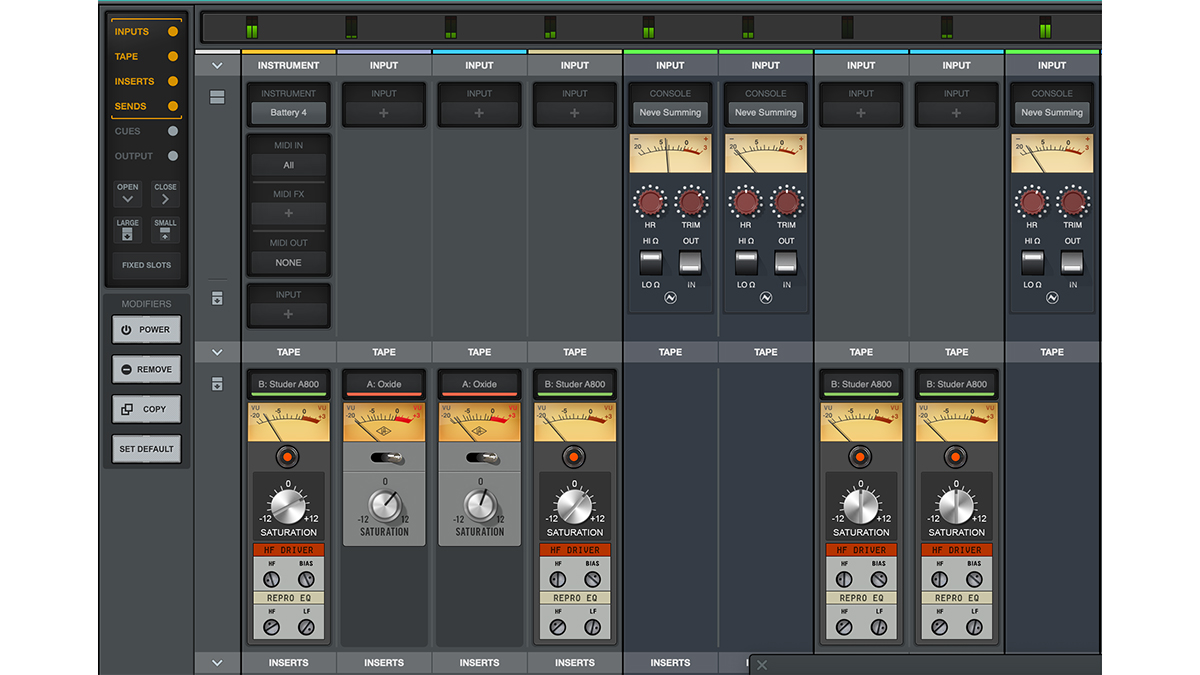
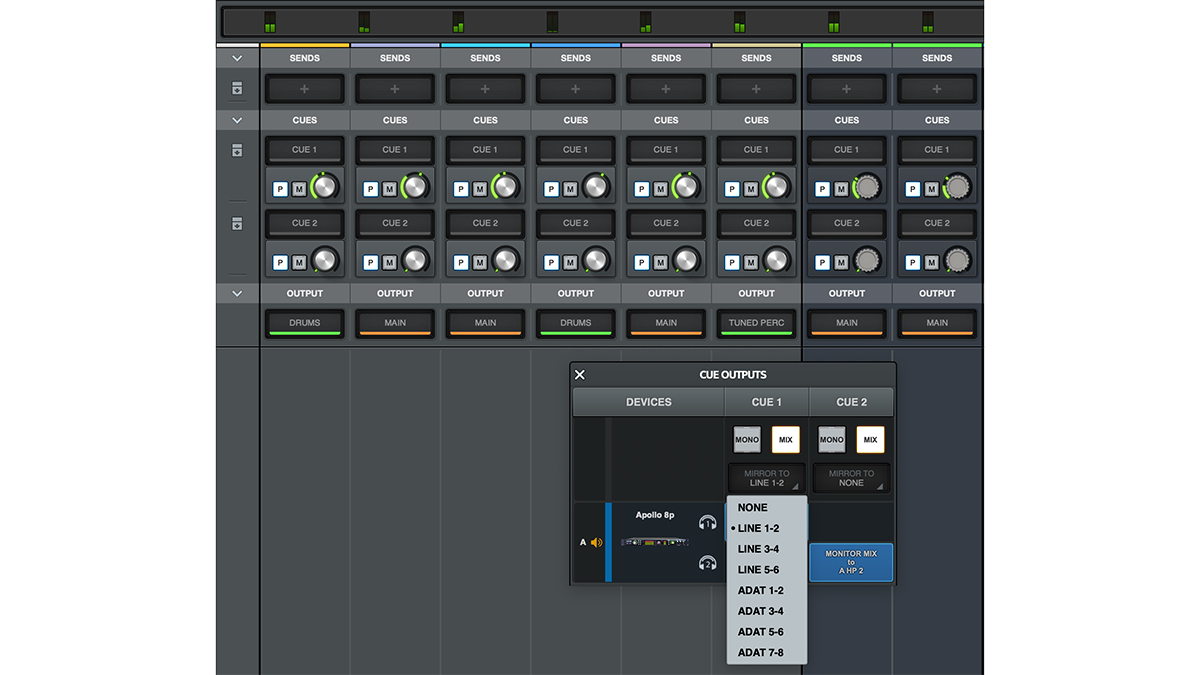
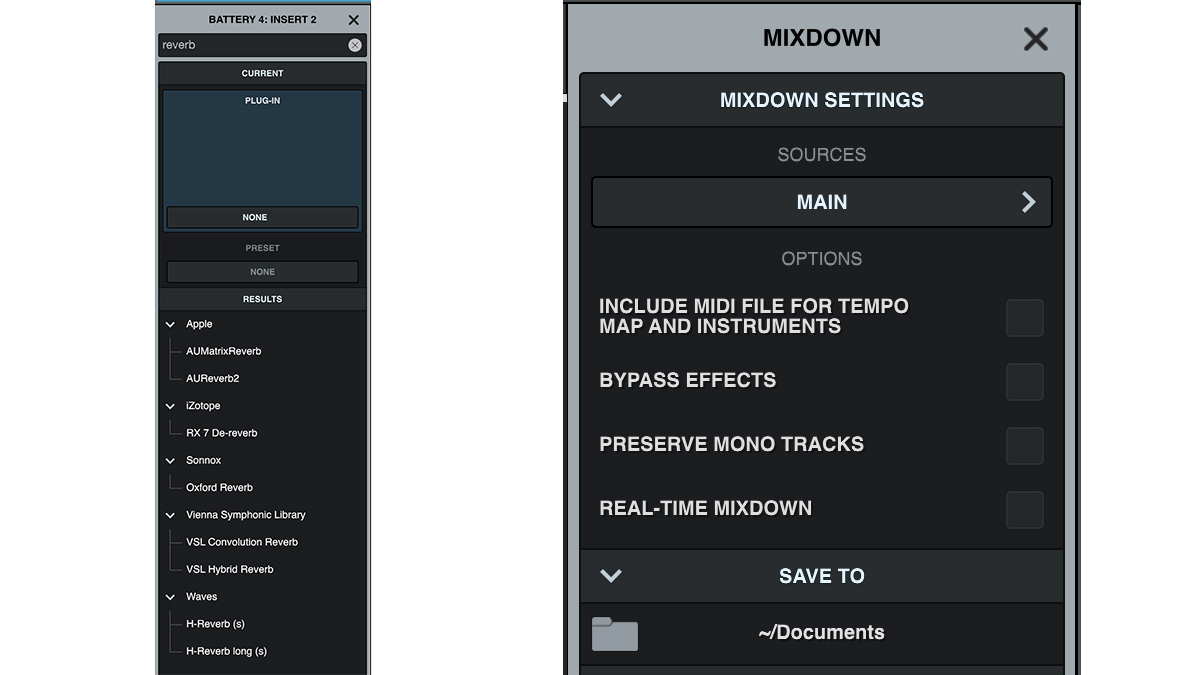
Coronavirus giveaways: the best free software and services for musicians
Performance and verdict
LUNA will allow you to work not only with UA’s plugins but with third-party AU ones too, which is great. However, install here was held up by an issue with the eLicenser software (which authorises plugins like Vienna Symphonic Library) and a fair amount of Component moving was required to isolate problem elements. UA is working hard on known issues (this is one of them) and once you’ve got LUNA up and running, there’s a ‘Feedback’ option in the top right-hand corner where you can report issues and make suggestions; a direct line to contribute to future development – well done UA.
LUNA’s design will be familiar to Apollo and Console users and also to those who have used their interface to track into Pro Tools, which has inspired plenty of LUNA’s workflow and key commands. There are three basic track types in LUNA; Instruments, Audio Tracks and Bus Tracks. Instrument tracks let you record, program and edit MIDI and, in addition to any third-party plugins, LUNA’s release coincides with the introduction of UA’s own Instruments. For now, there are three: Shape (which is free), Ravel (a deeply sampled Grand Piano costing £229) and a Moog-endorsed Model D MiniMoog (also £229). Shape covers core sounds for those lacking a full stack of Kontakt-style instruments and what’s there is good, solid and reliable.
LUNA will allow you to work not only with UA’s plugins but with third-party AU ones too.
Audio tracks do what you’d expect, though there are some really nice touches here, taking all of Console’s functionality and pushing it on considerably. You can configure an audio track with a Unison plug-in, a chain of Inserts and so on, but there’s also a dedicated ‘Tape’ option here, which adds a Tape Emulation stage to every channel on which you instantiate it. Oxide Tape is included for free but if you own (or want to buy) the Studer A800 plug-in, you can swap it in here instead. Indeed, there’s a ‘Store’ which lets you buy content (for instruments, extensions and plugins) directly inside the app.
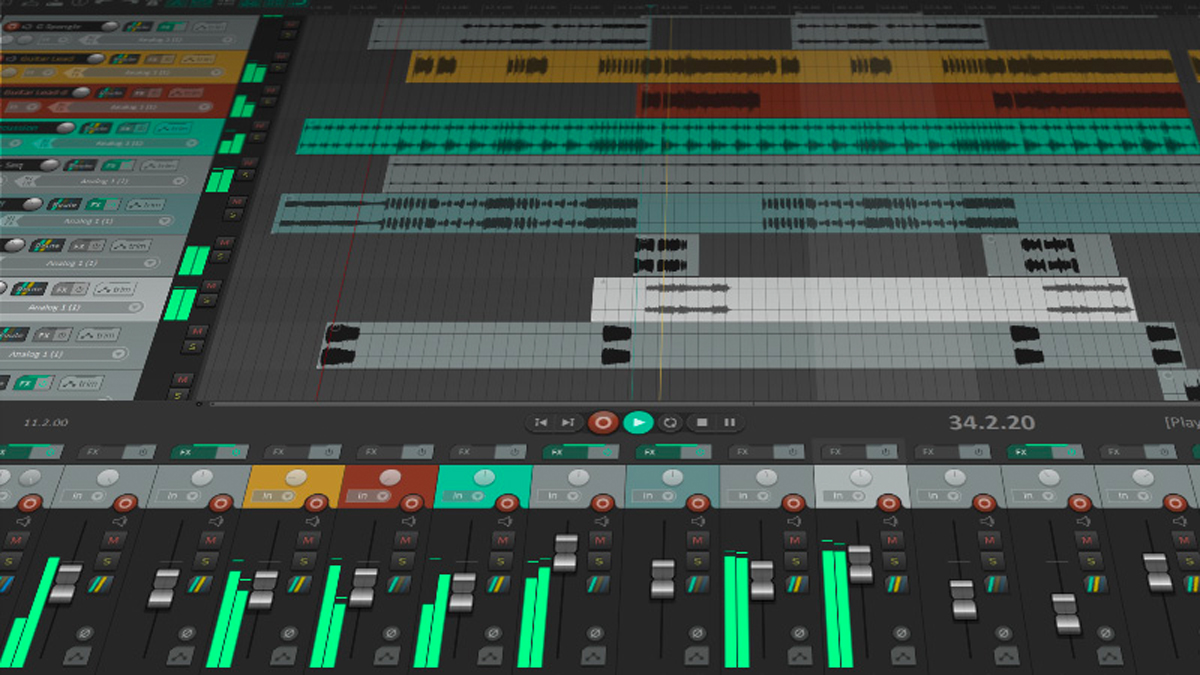
In order to configure a Unison plugin, you’ll need to enable Record-Ready or Input Monitoring mode on your selected Audio Track; this area remains inaccessible and ‘greyed out’ until then, which is different to the immediacy of this function in Console. Instrument and Audio Tracks can then be routed to a Bus track, if you want to apply Batch processing, create Effects Auxiliaries or do anything else that Buses do. A paid-for Extension called Neve Summing brings Bus Tracks to life, by enabling an emulation of the Neve 1272 Summing Amp to be placed across the Bus. Not only does this sound really great, its incorporated ‘Trim’ option makes it very easy to attenuate sub-mixes before the Master Bus.
LUNA features two main pages – the Timeline Display for showing Audio and MIDI files, and the Mixer view. In the Timeline Display, LUNA features a number of ‘Workflows’, accessed from the top in the Transport area. These provide a task-specific, focused set of tools; in the MIDI workflow, you can turn your QWERTY keyboard into a MIDI one, and in the Edit workflow, you’ll find shortcuts to audio tools such as Cut, Copy, Paste, Fades and Clip Consolidation.
Perhaps most crucially, LUNA must have an Apollo interface attached to work, which means it’s not the most immediately-ready audio environment for use on planes and trains.
LUNA has some serious audio tasking tricks up its sleeve. Firstly, it contains multiple great-sounding ‘Warp’ algorithms (‘Elastic Audio’ equivalents), which let you seamlessly manipulate timing without needing to cut and move. Secondly, you can record multiple, named takes to a single track and then consolidate them into a ‘master’ take. Better still, LUNA appears to work without needing a fixed project sample rate. So you can import audio recorded at ‘any’ sample rate and it will bring it in without so much as a grumble. Even better still, changing the host tempo can automatically affect audio files without you having to alter their status in advance; LUNA makes it very easy to experiment with project tempo, even deep into the production and mix process. There are some niggles and things for UA to iron out; selecting a track ‘de-highlights’ it, so it looks less selected than everything else, which is a bit odd. There is no surround sound provision and you can’t host video, so it’s not yet ready for media composers. And of course, it’s a somewhat closed shop; Mac-only, Apollo-only and with a one-way approach to its new instruments and extensions; they can be used in LUNA, but not outside it, albeit the reason for this is due to DSP management and avoiding latency issues.
Perhaps most crucially, LUNA must have an Apollo interface attached to work, which means it’s not the most immediately-ready audio environment for use on planes and trains. Everyone’s needs are different and some of those issues might dissuade you. But we really like LUNA. It feels as much like working with a hardware console and tape-based recording system as it does something computer-based, somehow. If you’re already part of the UAD community, it’s a natural recording environment for everything that’s good about that; extremely high-quality effects provision and ultra-low latency tracking via ARM.
Visually, the Mixer environment, when you've reached that point in your project, is a joy to work with. Indeed, even if all you did in LUNA was to bounce stems in your favourite DAW, import them into LUNA for Tape-based processing and Neve Summing, your mixes would probably sound better. And yet you’d barely be scratching the surface of an environment which is much deeper than you’d expect of a Version 1 recording program. Whether you call it a DAW or not, LUNA is here and, I suspect, here to stay.
MusicRadar verdict: A brave and broadly successful move from UA. Expect plenty more to come in future updates but, even at Version 1, LUNA offers plenty, with a smooth and pleasing workflow
Hands-on demos
Specifications
- Type: 'digital recording environment'
- Key features: Deep Apollo integration, built‑in Neve® summing, integrated multitrack tape, all-new LUNA instruments.
- System Requirements: Thunderbolt-equipped Apollo or Arrow UA audio interface. Mac computer with available Thunderbolt 1, 2, or 3 port. Mac OS Mojave 10.14 or Catalina 10.15. 600 MB free storage for LUNA. SSD storage required for sample-based LUNA Instruments.
- Contact: Universal Audio
“I used everything I knew about music”: How Green Day exceeded expectations with their most ambitious song
YouTube just added AI tools that makes musicians, library music and video editors redundant
“Every one of them said yes without hesitation": Hank Marvin and Roger Taylor have just remade a '60s classic for charity









